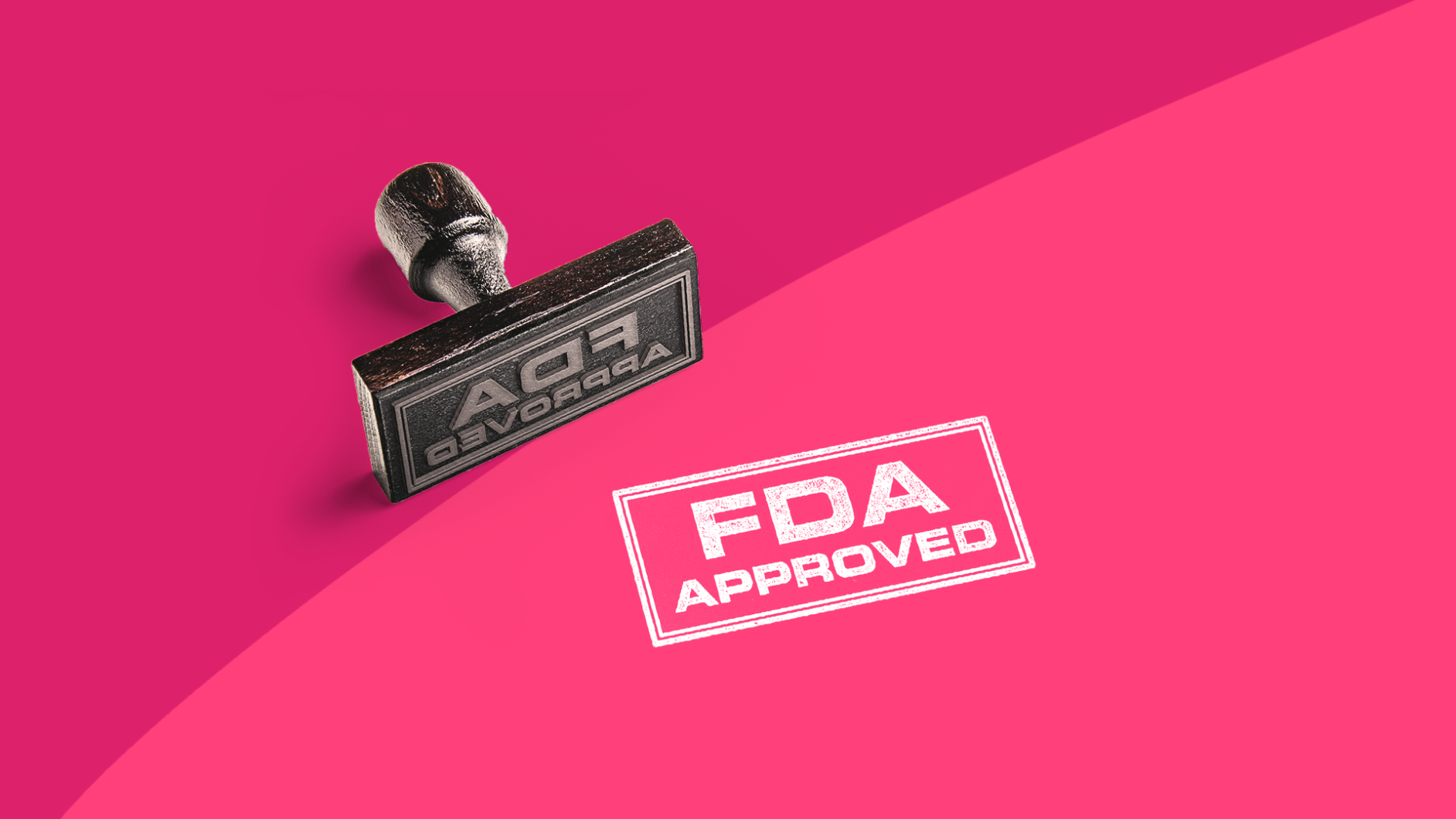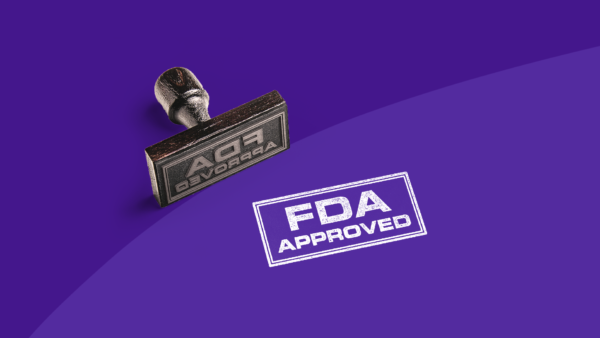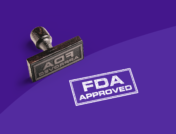Until 1993, when interferon beta-1b was approved as the first therapy, there was no treatment for multiple sclerosis (MS). In March of 2017, the United States Food and Drug Administration (FDA) approved Ocrevus (ocrelizumab), which brought a renewed hope to people with MS. Since being FDA approved, Ocrevus has been showing much promise.
What is multiple sclerosis?
There is no known cause for multiple sclerosis. There is a widespread belief that MS doesn’t have a single factor that causes it, but rather is a result of multiple factors. Still, MS is considered to be an autoimmune disease, meaning that the body doesn’t recognize a normal part of the body and attacks it, thinking it is foreign. MS affects women significantly more than men by a ratio of 3 or 4 to 1. Although it can be diagnosed at any age, MS is most commonly diagnosed between the ages of 20 and 40.
What is Ocrevus?
With no cure, current MS treatment options focus on speeding up recovery from attacks, slowing the progression of the disease, and controlling symptoms. There are four types of MS, but the two more common types are Relapse-Remitting MS (RRMS) and Primary-Progressive MS (PPMS), which together account for 95% of MS diagnosis. Ocrevus is the only medication that treats both RRMS and PPMS, meaning that 95% of people with MS could consider this medication for treatment.
Ocrevus works as a monoclonal antibody that binds to specific B-cells. Most B-cells carry an antibody called CD20. CD20 is thought to spark an immune reaction from the body, causing it to attack parts of the body’s nervous system. When binding to the B-cells that carry the CD20 antibody, Ocrevus prevents that immune reaction and thus prevents the breakdown of the nervous system that eventually leads to disability for people with MS. Ocrevus only binds to these cells, and not to plasma cells and stem cells, so that the patient’s overall immune system is not affected.
How is Ocrevus administered?
Ocrevus is administered intravenously every six months. The initial 600 mg dose is given as two separate 300 mg doses, given over 2.5 hours, two weeks apart. After the first dose, each dose is a single 600 mg dose, administered over a three-hour period. This makes therapy convenient for patients using Ocrevus. Having to go in for injections on a biannual basis is a much less burdensome frequency than other treatment options. Oftentimes medication (such as an antihistamine and/or steroid) will be administered before Ocrevus to prevent a reaction from the medication.
What are the side effects of Ocrevus?
Potential side effects of Ocrevus during administration include:
- Infusion-related reactions
- Low blood pressure
- Fever
- Nausea
- Rash
- Dizziness
- Upper and lower respiratory tract infection
- Skin infection
- Depression
- Back Pain
- Pain in extremities
Between 34%-40% of patients developed an infusion reaction during clinical trials. These symptoms seem to occur primarily during the first infusion and the risk for subsequent infusion reactions decreases after that. Patients should be monitored for at least one hour after infusions although an infusion reaction could happen within 24 hours after infusion.
How much does Ocrevus cost?
Ocrevus was approved by the FDA on Mar. 28, 2017, and was available shortly after that. The MS treatment is manufactured by Genentech. The annual list price for Ocrevus treatment was $65,000. Insurance coverage will vary from provider to provider, but you can always use your SingleCare card to save on your Ocrevus prescription.











